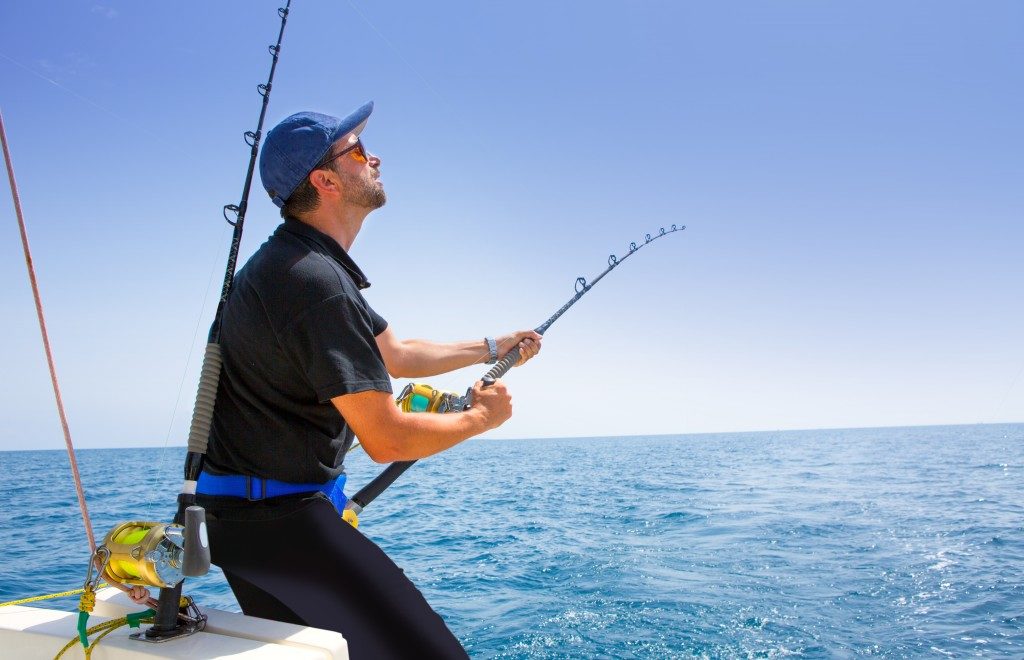Just like any sport, learning necessary skills is essential in skiing. Even professional skiers started the fundamentals, and still apply it every time they hit the trail. Mastering the basics can make it easier for you to maneuverer and learn to use more advanced skills much safer and efficient.
The Importance of Proper Weight Control: Core and Aft Balance
Knowing where to put your body weight of the center mass is the first thing you need to learn. You cannot move on to the next phase without mastering this basic technique. Focus getting your body weight while moving your feet on your set. For now, stick to whichever makes you comfortable when you’re on the board.
Take a few test runs to get the feel on where to place your feet. The objective here is to know the actual pivot of your board. Take note however that you may need to switch your feet from time to time whenever you slide. Pay attention to the center of your weight as you make a turn. This can also help determine the pivot of your skis. When you make a turn, try pressing forward using your shins to bring your weight over feet. This gives you a better grip on the board.
Upper and Lower Body Control
Most skiers call this technique, the “independent control”. This pertains to knowing how to use your upper body without working your legs and vice-versa as both should function separately. You use both your upper and lower body to maneuver or accelerate. However, your upper body should focus more on visibility, while the lower body is to provide grip. This is important, especially when skiing in the downhill.

Avoid turning your upper body frequently, especially your shoulders. Control your ski by using the right pivot, and to keep your upper body facing slightly downhill. Remember, the steeper or icier the trail, you’ll need more grip and pivoting skills you need to exert for maintaining balance.
Use Range of Movement
In time, you’ll need to use different movements to keep your balance and turning the skis. Usually, newbies learn to apply pressure against the skis when making a slow turn. This is one of the most basic techniques you need to apply. Once you have mastered this, you can easily change direction whenever you want. You can also try stretching your outside ski when changing the phase. As you straighten your legs, you can regain control of your board and change edges.
You need to keep the turn shape nicely and openly. Never force your turn by twisting your shoulders and hips. Again, you need to separate the motion between your upper body and lower body. Having the same movement at the same time will make you lose your balance.
For newbies, it is advisable always to have someone experienced in the sport to go with you when hitting the trail. Make sure to wear the right Descente ski wear and safety gear at all times. You should also check the condition of the trail and pay attention to the obstacles before skiing.


